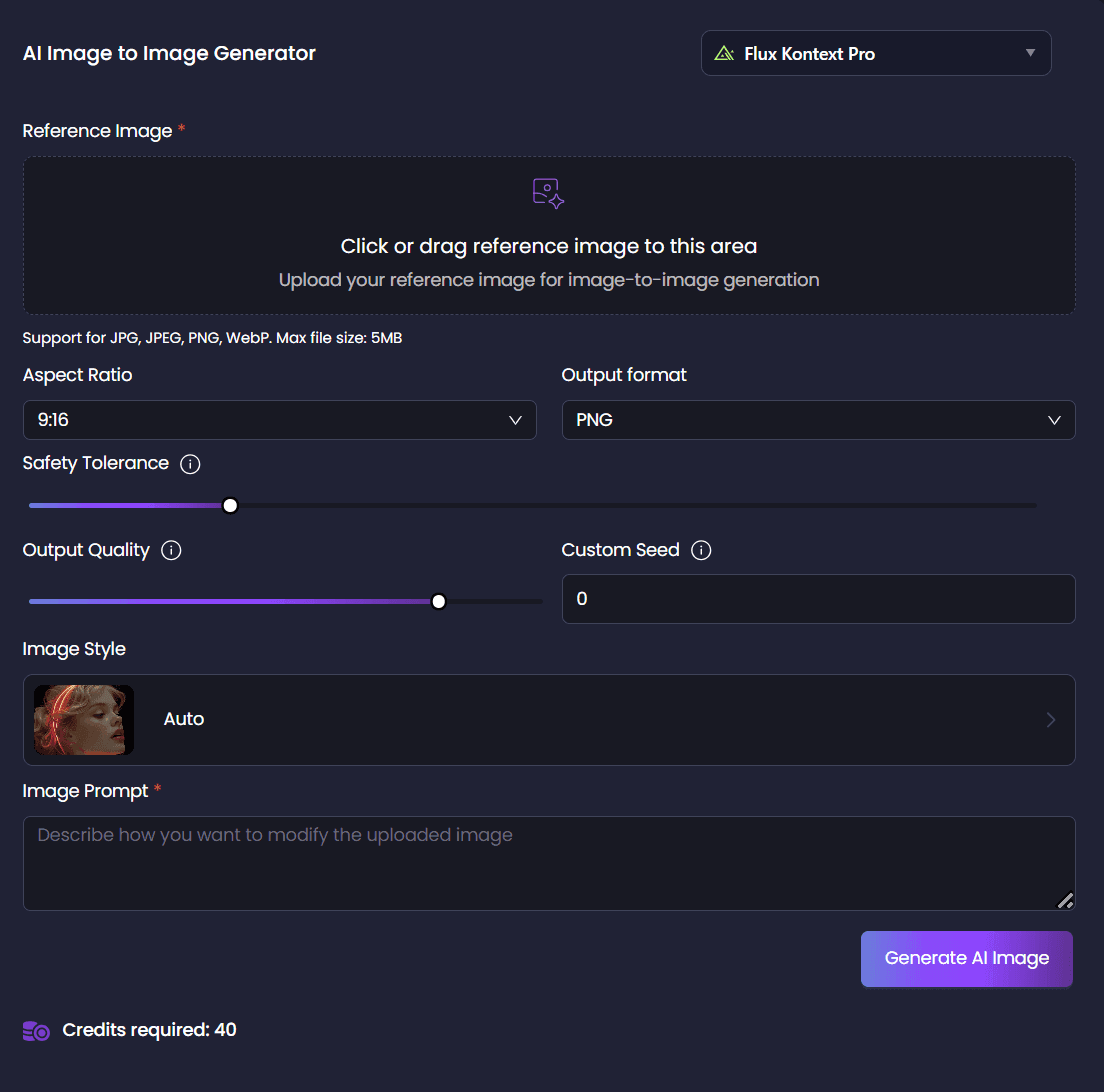AI-Powered Influencers: Are Virtual Influencers the Future of Marketing?

In the ever-evolving landscape of digital marketing, a new phenomenon is capturing the attention of brands and consumers alike: virtual influencers. These AI-powered digital personas are not only redefining the concept of influence but also challenging traditional marketing strategies. With their hyper-realistic appearances and meticulously crafted personalities, virtual influencers are becoming integral players in brand campaigns. But what does this mean for the future of marketing?
The Rise of Virtual Influencers
Virtual influencers are computer-generated characters designed to emulate human influencers. They possess unique personalities, engage with audiences on social media platforms, and collaborate with brands to promote products and services. Unlike their human counterparts, virtual influencers are meticulously controlled, allowing brands to shape their narratives precisely.

Notable Examples
Lil Miquela: Debuting in 2016, Lil Miquela is a 19-year-old virtual influencer from Los Angeles. With over 3 million Instagram followers, she has collaborated with brands like Prada and Calvin Klein. In 2022, she became the face of PacSun's back-to-school and holiday campaigns, aiming to bridge the gap between virtual and physical fashion experiences.
Imma: Recognized for her signature pink bob, Imma is a virtual model from Tokyo. She has partnered with brands such as Lenovo in their "Yoga For All of Us" campaign, emphasizing creativity and individuality.
Aitana López: Aitana is an AI avatar created by Clueless AI. She collaborates with brands on Instagram, earning significant income per post. Her realistic appearance often leads to confusion, with many mistaking her for a real person.
Why Brands Are Turning to Virtual Influencers

The appeal of virtual influencers lies in their versatility and control. Brands can craft and manage these digital personas to align perfectly with their image and values. This control extends to the influencer's behavior, style, and messaging, ensuring consistency across campaigns.
Advantages
Cost-Effectiveness: Developing a virtual influencer can be more economical in the long run compared to the costs associated with human influencers, such as fees, travel, and accommodations.
Global Reach Without Physical Constraints: Virtual influencers can participate in campaigns worldwide without logistical challenges.
Risk Mitigation: Brands mitigate risks associated with human influencers, such as scandals or unpredictable behavior, by controlling the virtual influencer's actions and public image.
Ethical Considerations and Challenges

While the benefits are compelling, the rise of virtual influencers introduces ethical dilemmas and challenges.
Authenticity: Consumers value genuine connections. The knowledge that an influencer isn't real may affect engagement and trust.
Impact on Human Influencers: The growing popularity of virtual influencers could potentially displace human influencers, affecting livelihoods and the authenticity that human experiences bring to storytelling.
Manipulation Concerns: Experts warn that AI influencers can be designed to appeal specifically to certain demographics, potentially leading to manipulative advertising practices and over-consumption.
The Future of Marketing with Virtual Influencers

As technology advances, the presence of virtual influencers is likely to expand. Brands venturing into this space should prioritize transparency, ensuring audiences are aware they are interacting with AI-generated personas. Additionally, balancing the use of virtual and human influencers can help maintain authenticity and trust.
Companies like AvatarOS are betting on AI to supercharge the virtual influencer market, aiming to create digital avatars for social media, gaming, and various apps. This indicates a significant investment in the future of virtual influencers, suggesting they may become a staple in digital marketing strategies.Business Insider
In conclusion, virtual influencers represent a fascinating intersection of technology and marketing. While they offer innovative opportunities for brand engagement, it is crucial to navigate this new terrain thoughtfully, considering both the potential benefits and the ethical implications. The future of marketing may well be a blend of virtual and human elements, each complementing the other to create rich, engaging brand narratives.